Houseplant Impatiens: How To Keep Indoor Impatiens Plants
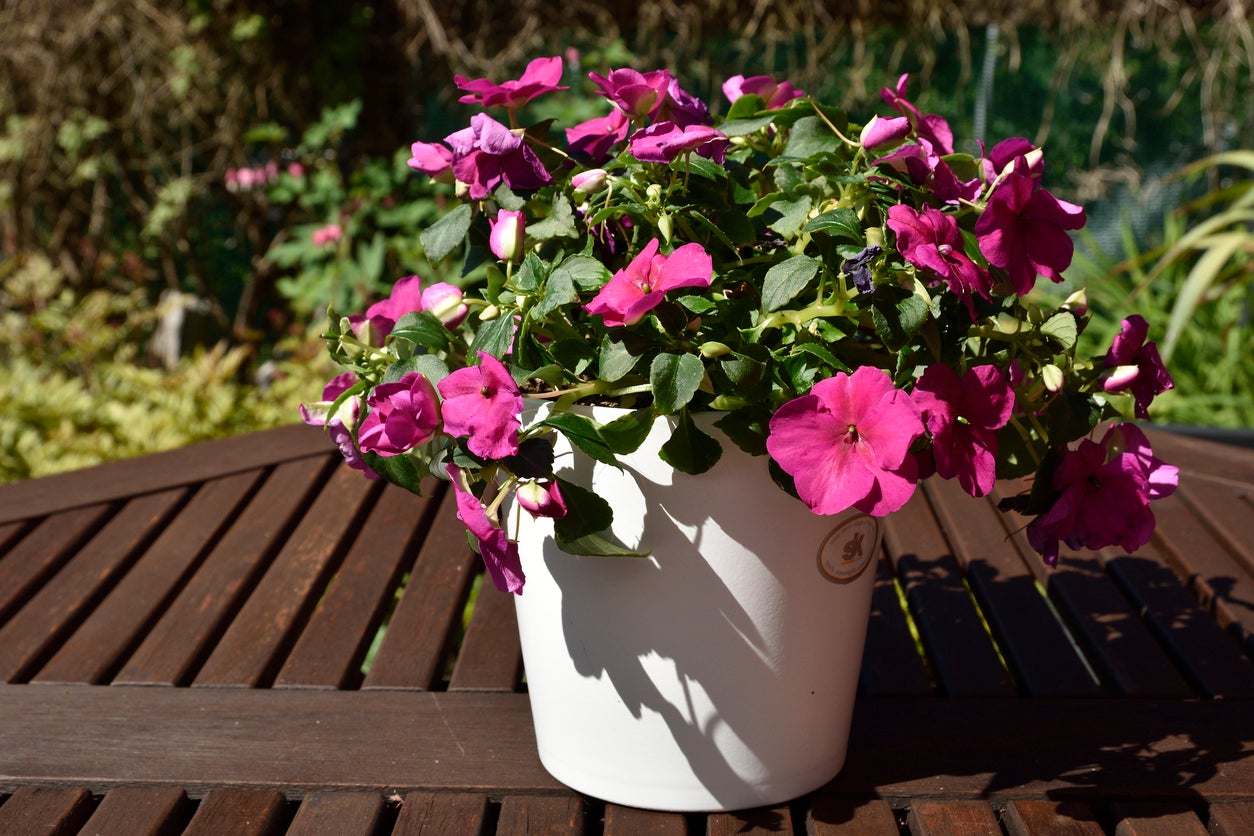

Impatiens have long been one of the most common additions to landscape plantings and annual flower beds. Readily available in garden centers and at plant nurseries, these easy to find flowering plants thrive in shady locations. Due to this, impatiens are excellent candidates for container culture indoors throughout the winter. Keep reading to learn more about caring for indoor impatiens plants.
Can You Grow Impatiens Indoors?
Though most commonly grown as a tender annual bedding plant due to their inability to tolerate frost, impatiens plants that have to be brought indoors can easily and reliably be grown throughout the winter months. This relatively simple process will offer gardeners lush growth and blooms during the coldest times of the year.
How to Grow Impatiens as a Houseplant
The first step in the process of growing these plants indoors is bringing impatiens inside. If the outdoor impatiens were grown in a container throughout the summer, those plants can be gently trimmed back and then moved indoors. If impatiens plants have been grown in the garden, the easiest solution is to take impatiens cuttings during the late summer. To take impatiens cuttings, simply remove a portion of the stem about 6 inches (15 cm.) long. Remove all but one or two sets of leave from the bottom of the cutting. Place the cutting into a well-draining growing medium. Ensure that the mixture remains moist. After a few weeks, roots will have developed and growers can transplant into a new container indoors. Since impatiens are known to root quite easily, the use of rooting hormone is not necessary. Once the plants have been taken indoors and planted into a well-draining container, an essential key to success is the selection of an optimal growing location. While they are somewhat tolerant of low-light conditions, the lack of sunlight throughout the winter months can negatively impact the growth of impatiens. For this reason, it is important to place the container in a sunny, south-facing location. Gardeners unable to provide proper light conditions may also have success using supplemental grow lights. Houseplant impatiens grow best when temperatures are not allowed to drop below 55 degrees F. (13 C.). This will ensure steady growth conditions conducive to flowering throughout the winter. Throughout the growth period, plants should be kept consistently moist, making certain to avoid waterlogged soil and the potential for root rot. Lastly, plants may need occasional misting when humidity is low. When properly cared for, the process of growing impatiens indoors can reward gardeners with steady bursts of color until spring arrives the next growing season.
Gardening tips, videos, info and more delivered right to your inbox!
Sign up for the Gardening Know How newsletter today and receive a free copy of our e-book "How to Grow Delicious Tomatoes".

Tonya Barnett has been gardening for 13 years. Flowers are her passion. She has transformed her backyard into a cut flower garden, which she regularly chronicles on her YouTube channel http://www.youtube.com/@tonyawiththeflowers.
-
 8 Perfect Flowers To Plant With Tomatoes To Boost Yields & Banish Pests
8 Perfect Flowers To Plant With Tomatoes To Boost Yields & Banish PestsDon’t forget flowers when choosing companion plants for your tomato beds or pots. These pretty, fragrant blooms add beauty but are also highly beneficial.
By Mary Ellen Ellis
-
 Want The Longest Lasting Hydrangea Flowers? Grow These 8 Panicle Hydrangea Varieties
Want The Longest Lasting Hydrangea Flowers? Grow These 8 Panicle Hydrangea VarietiesFor ornamental shrubs that deliver the longest flowering seasons with plush blooms and delicate hues, these panicle hydrangea varieties are essential in your yard
By Tonya Barnett
-
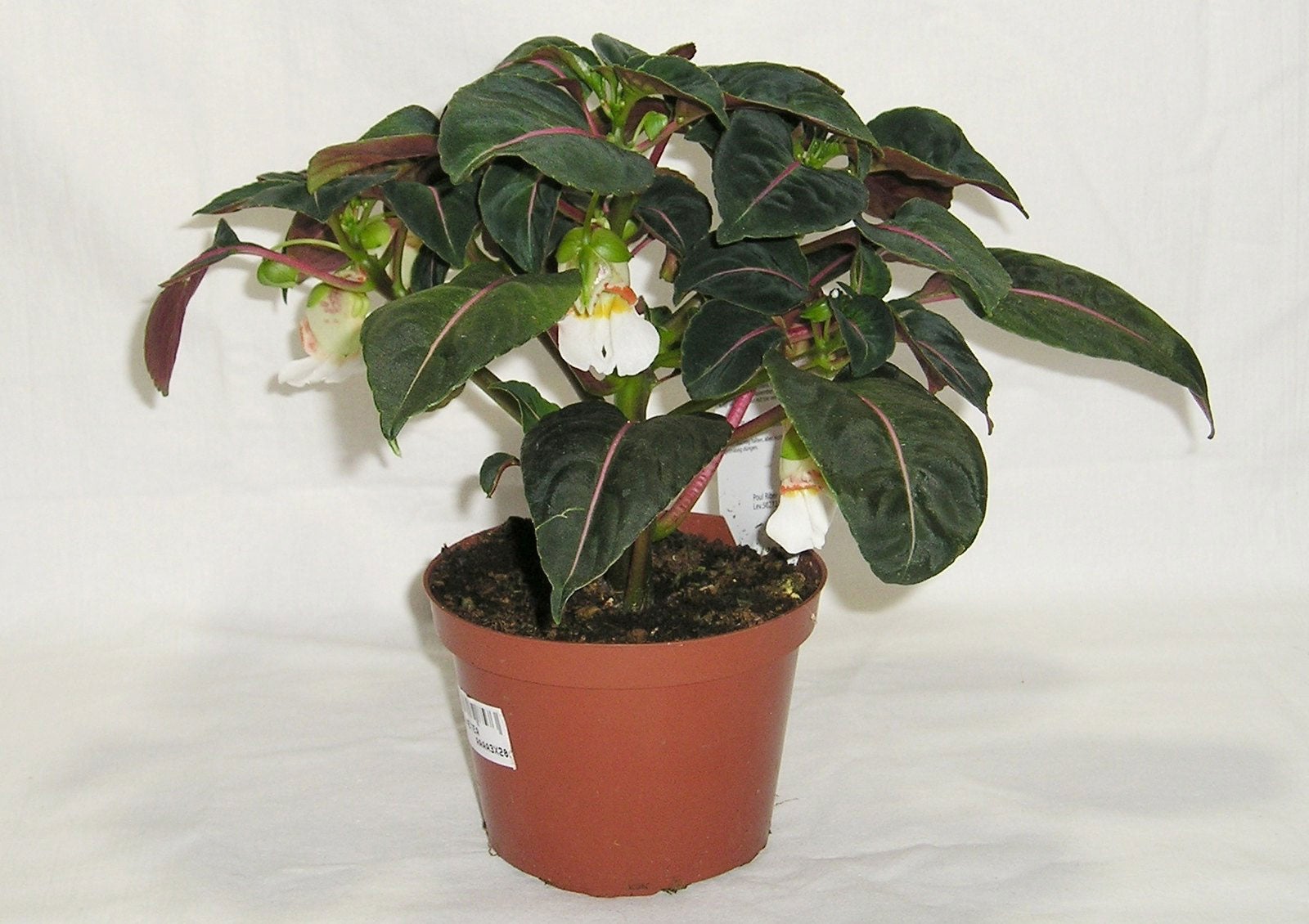 Velvetea Impatiens Care: Tips For Growing Velvet Love Impatiens
Velvetea Impatiens Care: Tips For Growing Velvet Love ImpatiensImpatiens are a staple annual flower for many gardeners. These flowers do well in partial shade and come in a variety of colors. If you enjoy regular impatiens, give the Velvet Love impatiens variety a try. To learn more, click the following article.
By Mary Ellen Ellis
-
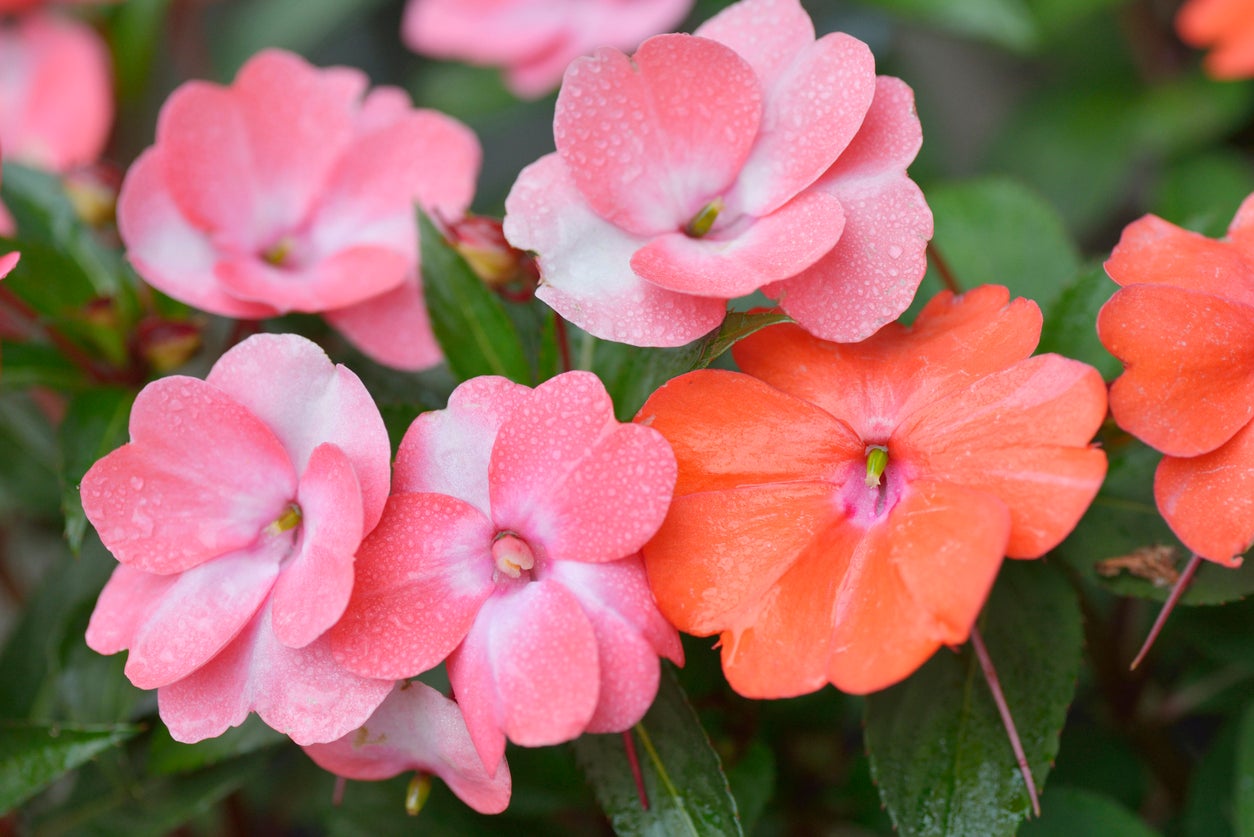 Cutting Back Impatiens: Learn About Pruning Impatiens Plants
Cutting Back Impatiens: Learn About Pruning Impatiens PlantsImpatiens are perfect for filling in those shady areas of beds and the yard where other plants just don’t thrive. They add color and cheer, but impatiens can also become leggy, showing off more stems that blooms. Learn how to cut back impatiens plants in this article.
By Mary Ellen Ellis
-
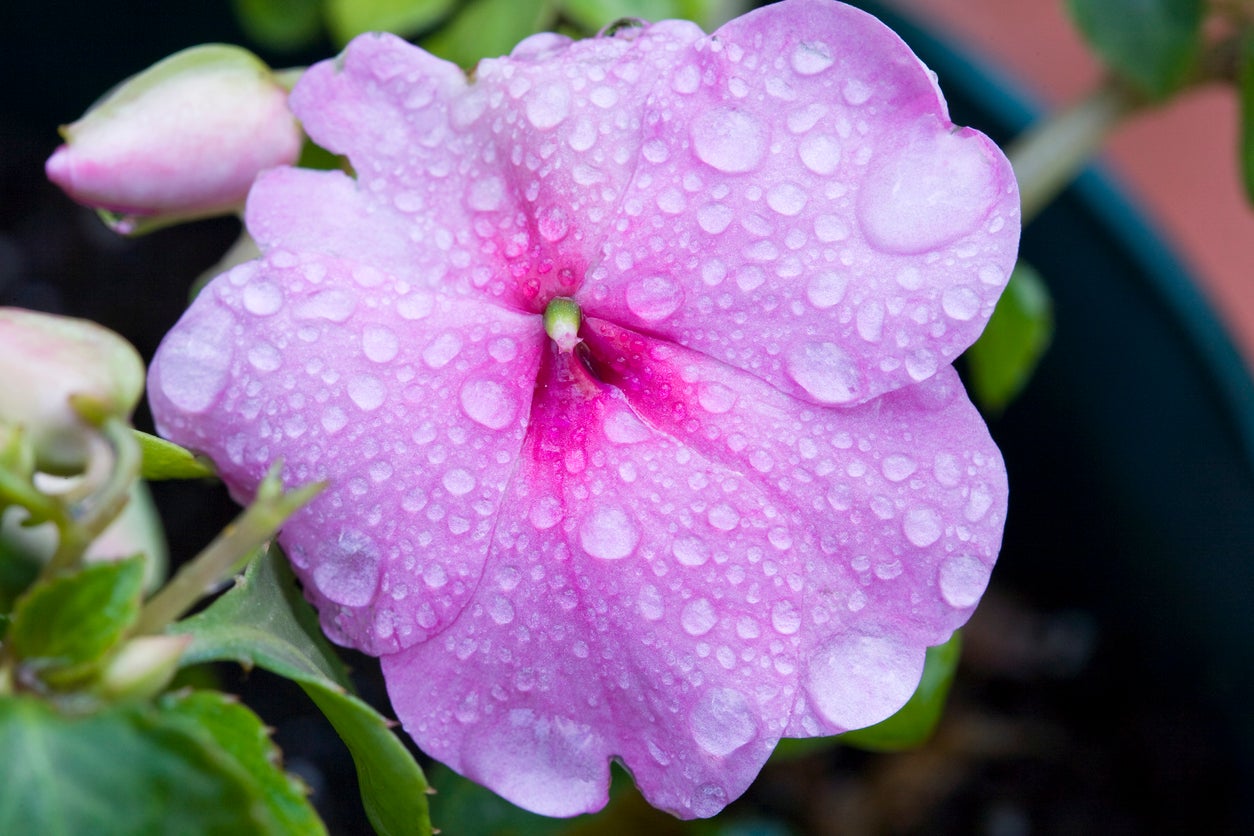 Impatiens Water Needs – Learn How To Water Impatiens Plants
Impatiens Water Needs – Learn How To Water Impatiens PlantsBecause of their preference to grow in partial, afternoon, and/or filtered shade, many impatiens’ water needs are different from sun-loving plants. Learn how to water impatiens correctly in this article. Click here for more information.
By Becca Badgett
-
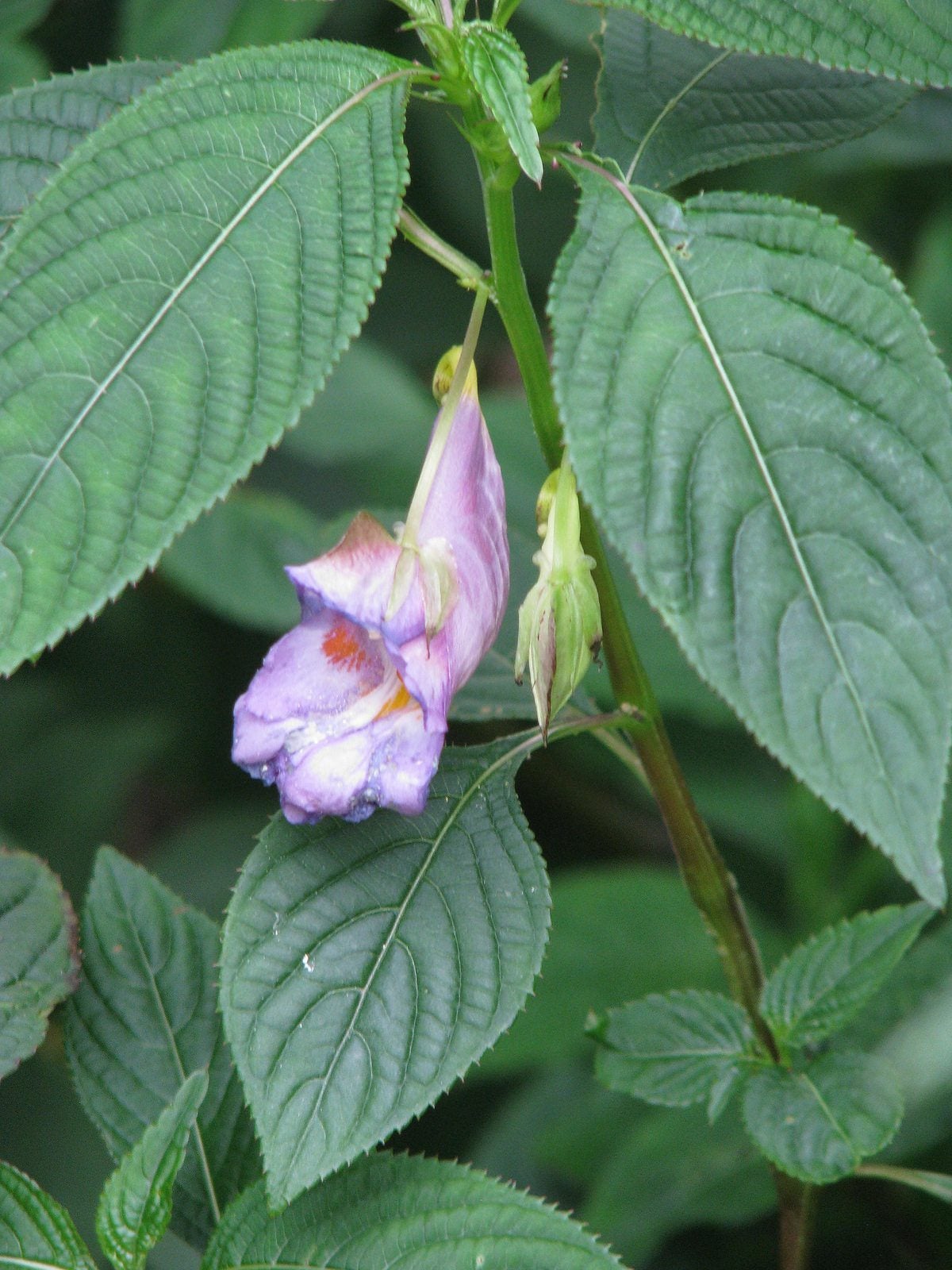 What Is Impatiens Arguta – Tips For Growing Upright Impatiens Plants
What Is Impatiens Arguta – Tips For Growing Upright Impatiens PlantsWhen you hear someone mention impatiens, you probably picture the shade-loving bedding plants or New Guinea types. Toss those pictures out the window because the new, rare varieties of Impatiens arguta are like no impatiens you've ever seen before. Learn more here.
By Darcy Larum
-
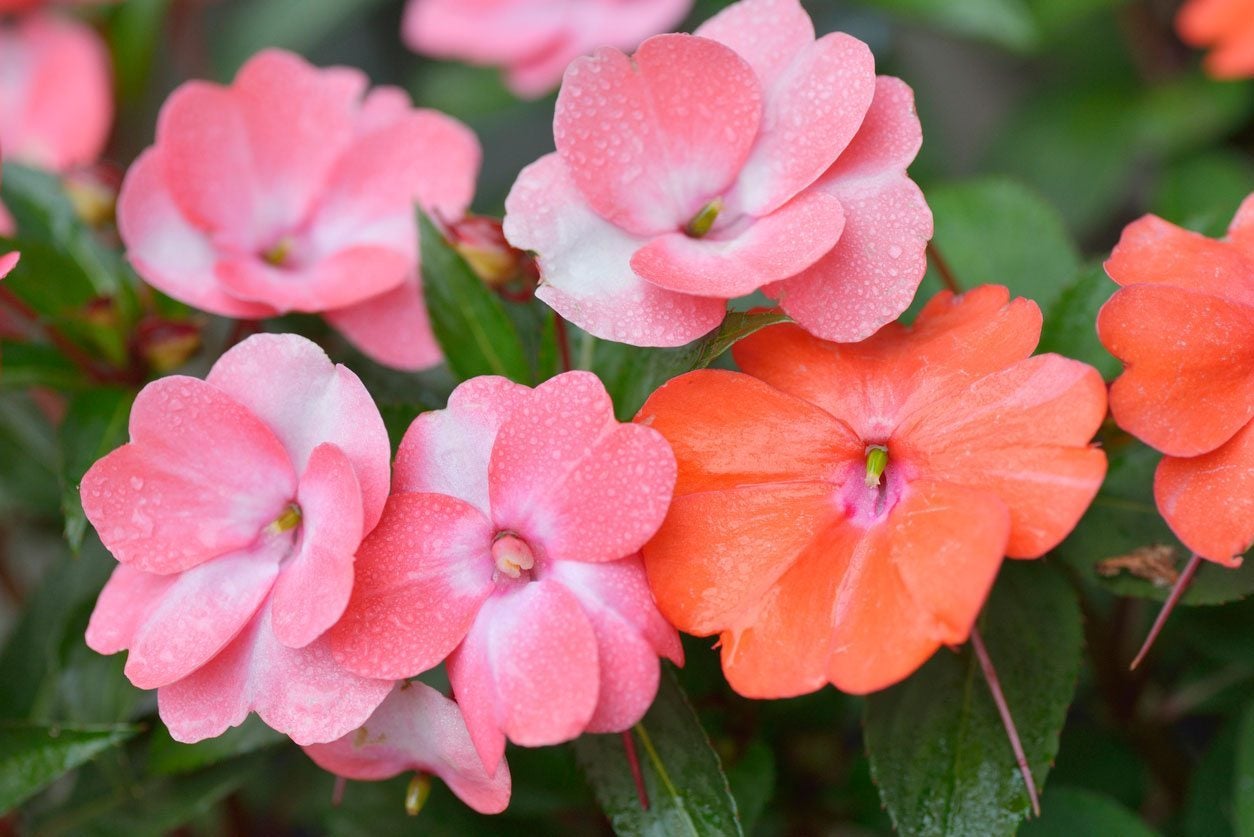 Impatiens Won't Bloom: Reasons For No Flowers On Impatiens Plant
Impatiens Won't Bloom: Reasons For No Flowers On Impatiens PlantImpatiens plants are great bedding and container flowers that ought to bloom reliably all summer long. That?s why it can be especially frustrating if your plants stop blooming or never even start. Learn more about why impatiens won?t bloom in this article.
By Liz Baessler
-
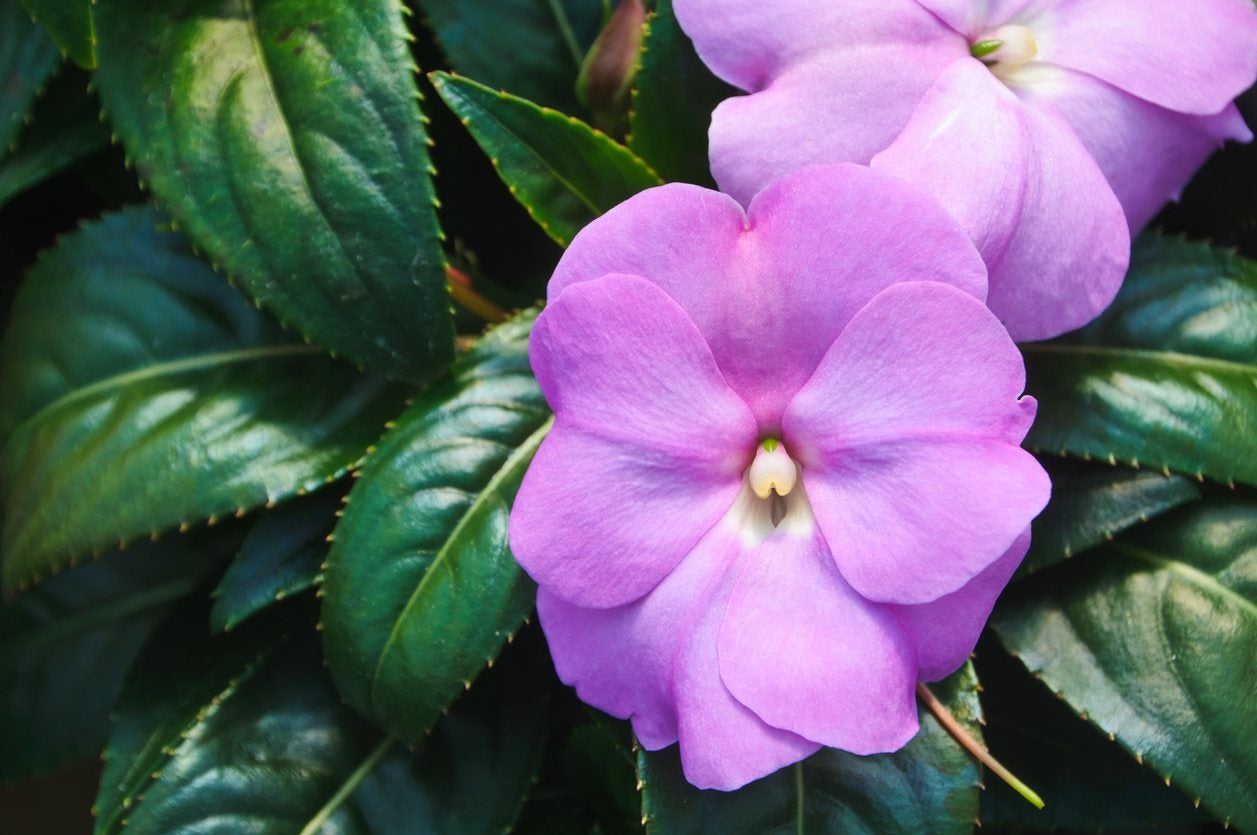 Seed Propagating New Guinea Impatiens – Can You Grow New Guinea Impatiens From Seeds
Seed Propagating New Guinea Impatiens – Can You Grow New Guinea Impatiens From SeedsOne annual favorite that can be quite pricey because of its bright flowers and variegated foliage is New Guinea impatiens. No doubt many of us have considered growing these higher-priced plants by seed. Can you grow New Guinea impatiens from seed? Find out here.
By Darcy Larum
-
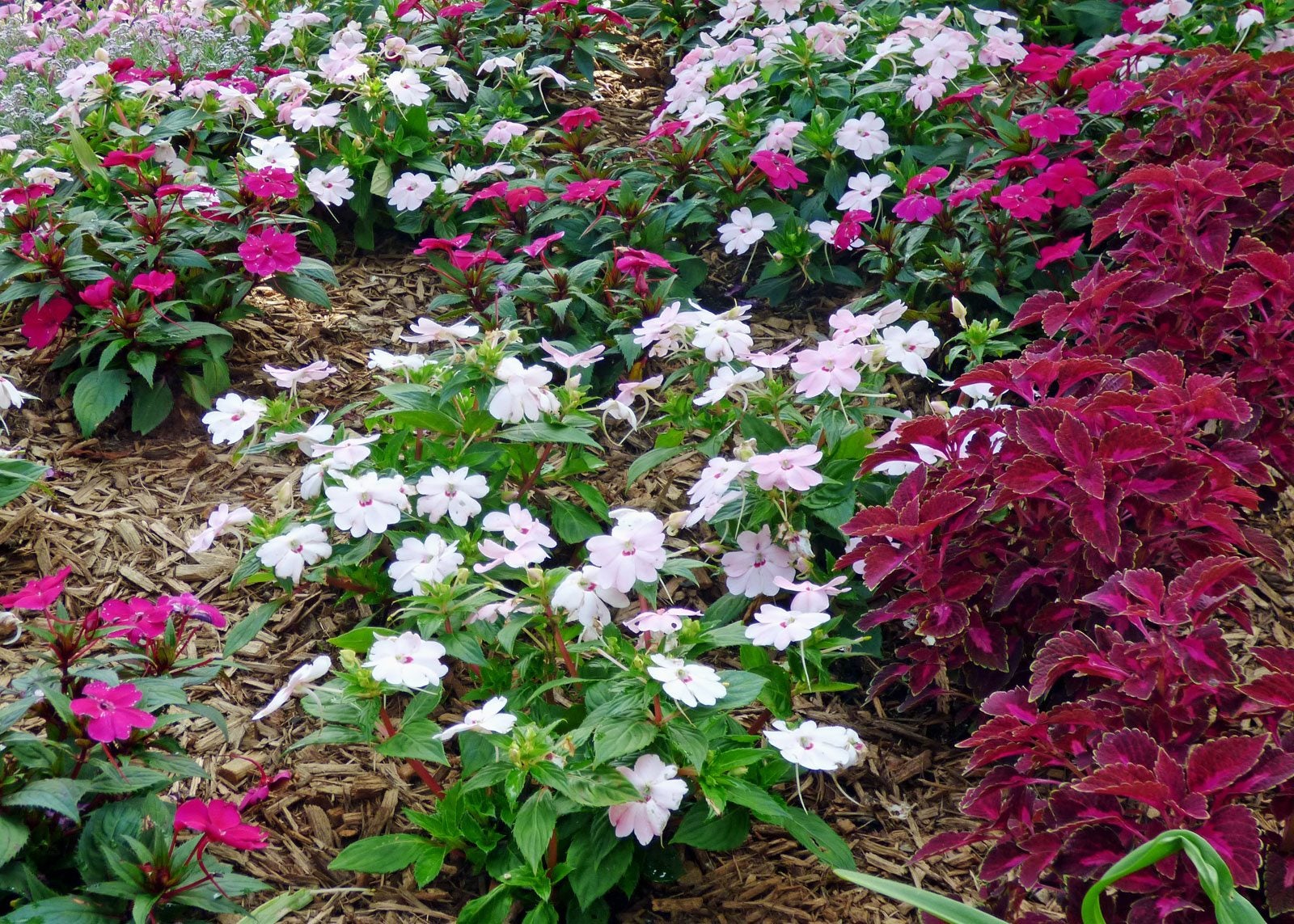 What Are Sunpatiens: How To Plant Sunpatiens In Garden Beds
What Are Sunpatiens: How To Plant Sunpatiens In Garden BedsSunpatiens is a relatively new impatiens hybrid that thrives in full sun and hot, humid weather, greatly expanding the area in which gardeners can spread impatiens color. Click here for information on how to plant sunpatiens and sunpatiens plant care.
By Liz Baessler
-
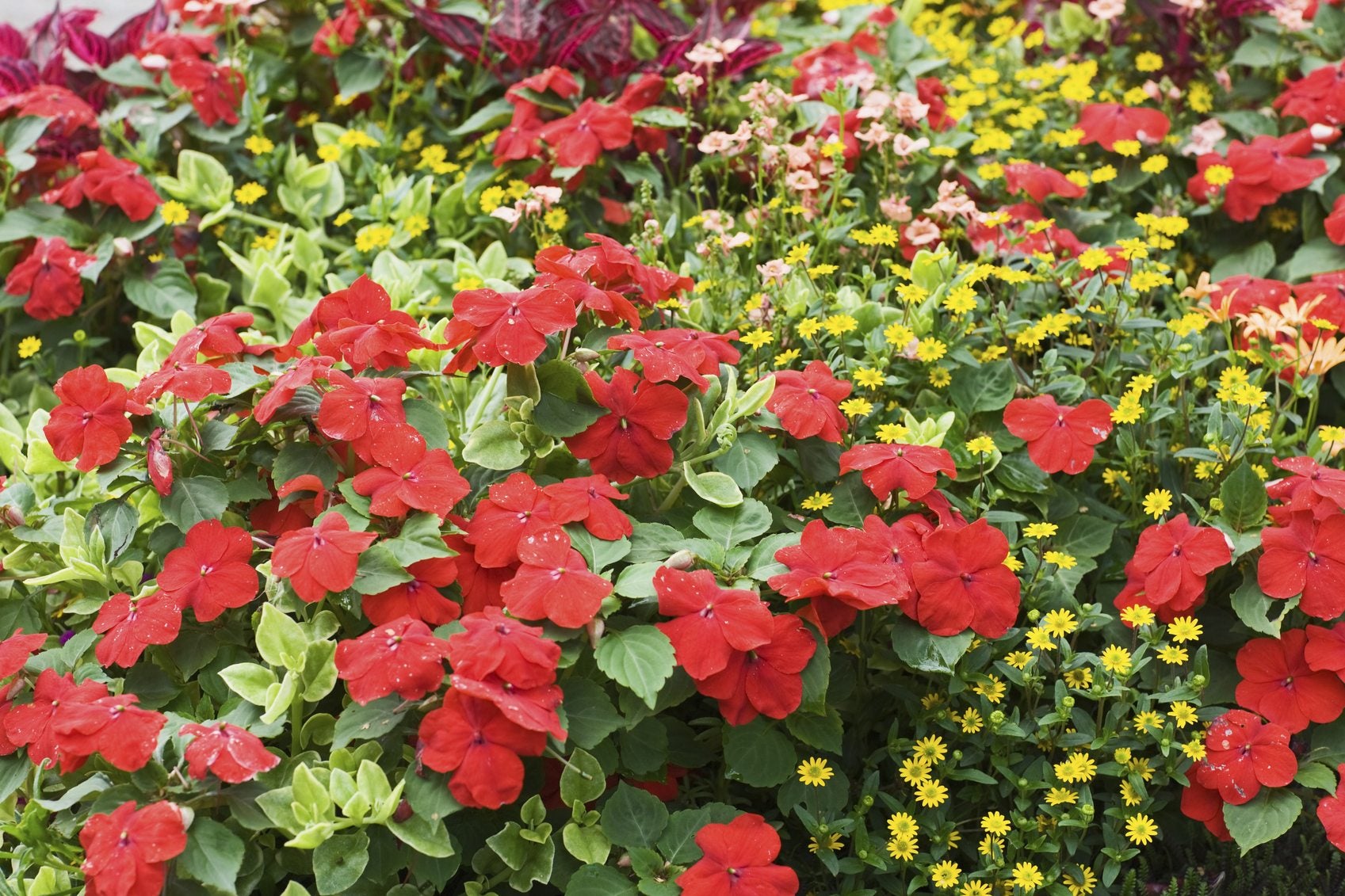 Impatiens Plant Companions – What To Plant With Impatiens In The Garden
Impatiens Plant Companions – What To Plant With Impatiens In The GardenImpatiens attract beneficial insects. As companion plants, the dense foliage of impatiens can keep the soil moist and cool for its companions. Learn more about what to grow alongside impatiens plants using the information from this article.
By Darcy Larum